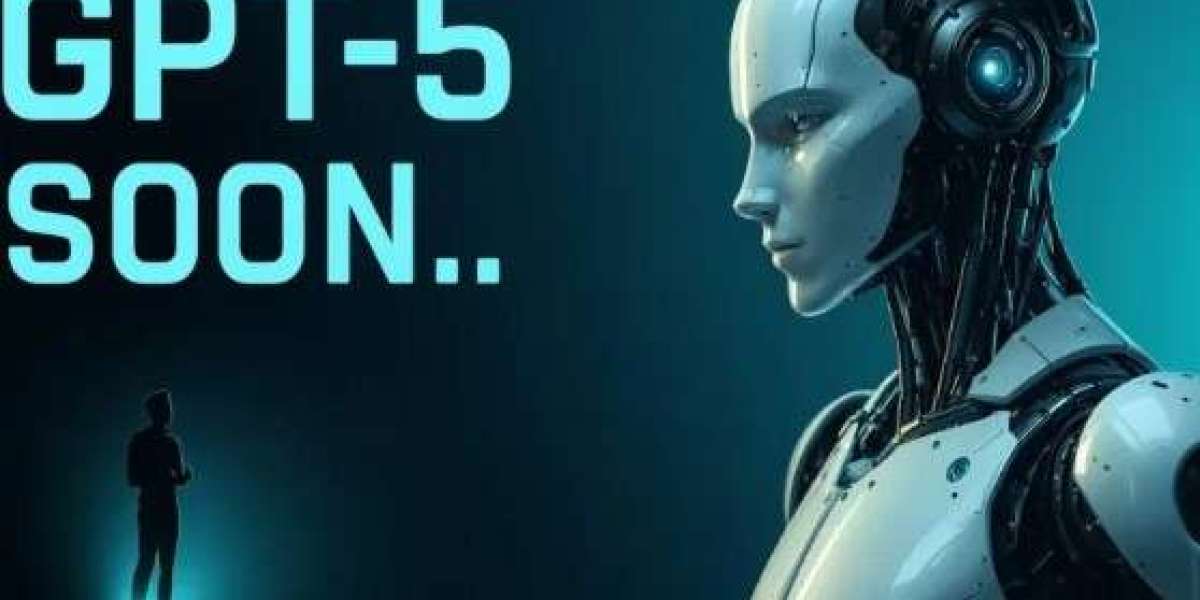OpenAI has officially unveiled GPT-5, its most advanced language model yet, and developers across the globe are buzzing about one specific breakthrough — vibe coding. Launched in August 2025, GPT-5 has brought natural language programming to life, turning the once far-fetched dream of building full-fledged apps from simple descriptions into an accessible reality for all.
At the center of this transformation is GPT-5’s powerful new ability to understand detailed prompts and autonomously generate clean, interactive code. Whether you’re a seasoned developer or a tech-savvy entrepreneur with no coding background, GPT-5 empowers you to build websites, games, educational platforms, and more—just by describing your vision in plain English.
What is GPT-5 Coding and Why Is It a Game-Changer?
GPT-5 coding, often referred to as vibe coding, represents a paradigm shift in software development. Instead of manually writing code, users describe what they want — and GPT-5 handles the rest. The term “vibe coding” may sound casual, but its implications are profound: developers can now offload complex programming tasks to a capable AI assistant that not only writes the code but also debugs and iterates on it.
This isn’t just theoretical. At OpenAI’s official GPT-5 launch event, the model created a French-learning app on the spot from a single prompt. The user described a Snake-style game with a French vocabulary theme, along with quizzes and a progress tracker. Within minutes, GPT-5 generated hundreds of lines of functional code, assembling an interactive and visually engaging educational tool.
This hands-on demo showcased the model’s real-world capabilities, proving that coding in natural language is no longer a futuristic fantasy — it’s here.
How Does GPT-5 Improve on GPT-4o and Earlier Models?
Compared to its predecessor GPT-4o, GPT-5 demonstrates vastly improved capabilities in what OpenAI terms “agentic coding.” This means the model not only understands complex tasks but executes them in the background for extended periods, freeing users from micromanagement.
Early comparisons show GPT-5 solves tasks significantly faster and with fewer errors. For instance, a visualization of the Titanic’s sinking—a prompt previously botched by GPT-4o—was executed perfectly by GPT-5. The application included clickable ship sections, interactive timelines, and realistic animations of water filling compartments based on real-life events.
GPT-5 can now determine how much “thinking time” a query requires and respond accordingly. This self-regulating capacity makes it far more responsive and accurate for both casual users and professional developers.



